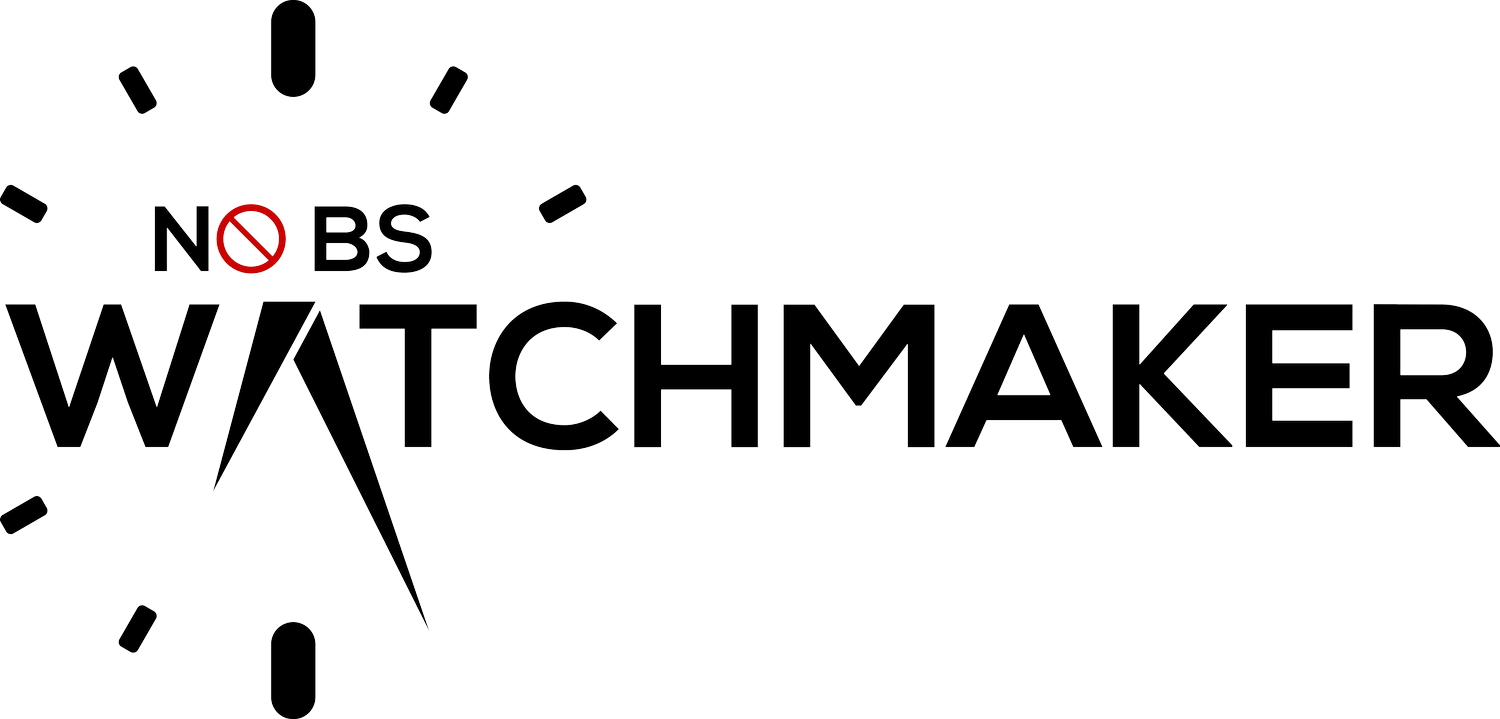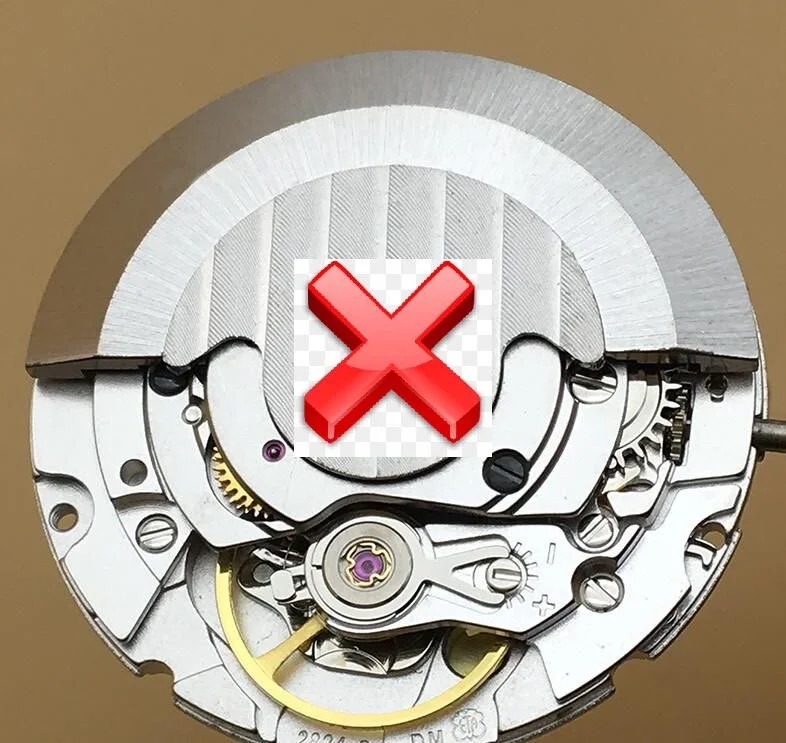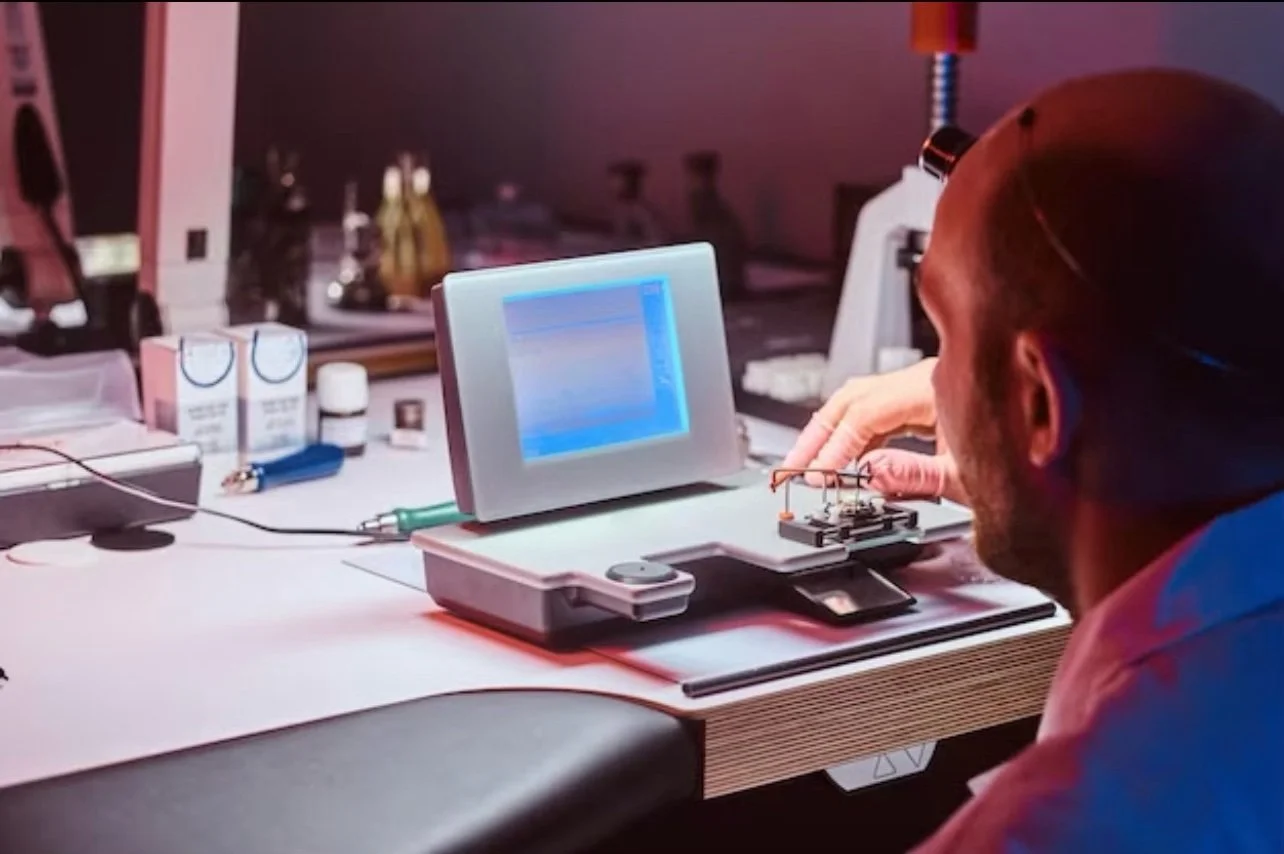If you’re relatively new to the industry or if you haven’t heard yet, many of the watch companies have been resorting to swapping movements in the repair process. This is NOT a rumor. This is NOT a speculation. This is for a fact. Whether you like it or not. If you think this is unethical or morally unjust then I suggest you pick that fight with them. I am not here to state whether or not this is a matter of ethics and whether or not they should be doing this. Rather, I am here to discuss WHY they are doing this.
WHY WOULD A COMPANY OR BRAND RESORT TO MOVEMENT SWAPPING RATHER THAN REPAIR IT?
One of the main reasons why a brand or company would ever resort to a tactic like movement swapping is boiled down to consumer demands and money. Plain and simple.
If the repair volumes are ridiculously high and the staff is on the low side, companies can and will resort to movement swapping if the finances make sense. Due to societal reasons of having everything faster and wanting everything done quicker, companies and brands have created variations of task-tracking.
WHAT IS TASK-TRACKING?
Task-tracking (in some shape and or form) is a method used to monitor a repair from start to finish. To give you a perfect example, companies will track when the repair is taken in for service, how long it takes to provide an estimate, how long it takes to disassemble, polish, clean, get parts, repair, and then quality control. This metric provides companies and brands with what you as the consumer will call Estimated Completion. Having these metrics allows the company to give you the consumer a rough date on when the repair will be done on average.
WHY IS ESTIMATED COMPLETION IMPORTANT?
Most manufacturers will say it takes 6 to 8 weeks from start to finish. I know what you’re thinking. 6 to 8 weeks sounds like an eternity. Many brands know this. This is why most brands are actively fighting and competing to produce the fastest repair cycles. Even though a company may say 6 to 8 weeks, they may even go as far as returning the way within the week. The more in-tune a company is with their repair volume the shorter these Estimated Completion dates will be. It is not uncommon to hear 3 to 6 weeks for a repair now. It makes sense in a way that they’d much rather under promise and over deliver.
WHAT DOES THIS HAVE TO DO WITH MOVEMENT SWAPPING?
The above sections describes an eagle eye view of the repair process for just one repair. Now imagine if this is was multiplied by hundreds, thousands, and even in the hundreds of thousands. This is one of the problems that major brands and companies are dealing with. With more releases of watches and less watchmakers, companies are having a hard time with keeping up with theses demands.
Having In-house watchmakers service all of these movements will take a seriously long time especially if there are a wide variety of movement calibers and parts needed. Not to mention that all watchmakers are not equal in talent and skill level. This creates a lag time in you as the customer receiving your repair back.
IF THE ECONOMICS MAKES SENSE, MOVEMENT SWAPPING IS GREEN-LIGHTED
Now that you’ve gotten the backdrop and eagle eye view of the situation, let’s proceed back to the main topic. As you can see, if the demands are high and the watchmakers/resources are low, movement swapping becomes the fastest alternative to this problem. Although it is just a bandaid, it’s an immediate fix for the current situation brands face.
If there are influx’s of thousands of watches coming in a month and a company has about 10 to 20 watchmakers, that is still not enough time to complete all repairs within a reasonable Estimated Completion date. It is cheaper and faster them to have their front line watchmakers to replace these movements with movements that have already been serviced elsewhere. This ensures that you as the client receive your watch faster than if you were to wait for a traditional service.
WHAT IS THE PROCESS OF A MOVEMENT SWAP?
The movement swap process is rather simple. You bring your watch in for a repair. The watchmaker creates an estimate with what is wrong and what needs to be fixed. You receive the estimate. You approve or decline it. For this case, we’ll say you approve it. The repair gets pushed along. The repair gets disassembled. At this point, the company has a supply of the exact same movements in your watch already waiting to be used. They grab a movement that was serviced already and replace it in your watch as they proceed with the repair process. Everything else gets worked on as stated on the estimate. You then get your watch back as the client.
WHAT HAPPENS TO THE ORIGINAL MOVEMENT?
The original movement gets refurbished. God, I hate that word. The old movement is either contracted to another watchmaker outside of the company or shipped overseas to a large group of service centers to fix and repair. Believe it or not, it is actually cheaper to have outside watchmakers service the movements and spend their time to get parts, quality control, etc. than it is to spend the time and resources of these watchmaker in-house. Especially given the retail dynamics of the client possibly spending even more money if the brand is able to over deliver. There’s a much bigger aspect of money going on here than just the repair process folks.
Once the movements are completed outside, they are shipped back to the company. The company then packages and stores it as inventory for the next client with a watch that has that very same movement. As you can see the actual servicing aspect of the repair process is taken away completely and has been outsourced in a way. This saves the current in-house watchmakers more time. Like many would say, time is money.
IS THIS ETHICAL / MORAL?
Unfortunately, this is not for me to decide. I hold no power nor would I want to impart my personal viewpoints on this subject matter. I am pointing this out because as of late there has been many rumors in regards to movement swapping. Many ask whether or not this is ethical. For companies, this is a matter of profit. As you can see, this all ties back to the initial demand of clients and money.
I’ll give you an even better viewpoint here: imagine if all the clients in the world sudden says “I dont care how long it takes, just please make sure my watch is done right.” This entire avenue of watchmaking may take a complete 180. I say may for a very good reason. There will always be someone who wants their repairs faster and or a company that wants to over deliver in some shape or form.
NOT EVERY COMPANY IS DOING THIS….
I want to ensure you that not all companies are doing this. There are many that are and there are many that aren’t. This article was to tell you that the industry IS doing this. Before you start boycotting every single watch companies, let’s examine why some companies require you to send your watch back to the manufacture.
WHY WOULD A COMPANY REQUIRE ME TO ONLY HAVE IT REPAIRED BY THE MANUFACTURER?
Some companies require clients to send their watches into the manufacture for repair. Why is that? I am not saying that they are movement swapping. I am explaining why this might be.
Most companies, when they release an in-house movement, will require you to send it directly in because they want to study the ins and outs of what went wrong with this specific evolution. They want to know why a part failed or why the movement stopped, etc. This enables them to understand what aspects need to be improved upon and what parts to pay more attention to. This is not to say they are replacing your movements rather they are studying your movement.
When they get a better understanding of what goes wrong, they create a database of things to look out for and things to improve upon. This is generally very common for in-house movements.
Is this true for every brand? No.
Many brands did this to a degree when Swatch Group first announced that they were limiting ETA movements. This is also another reason why you see sales warranty extended and or longer than your average 2 years.
MY OPINION: THIS WAS PERHAPS THE STARTING POINT…
This is just my opinion folks. Please don’t take anything I say as black and white. I believe that the in-house craze was what really started this concept of movement swapping and kicked it into high-gear (not that it wasn’t already entertained by the industry long ago). In-house movements forced companies and brands to re-evaluate where their resources and time were spent. Couple that with the ever-growing consumers of watches and the dwindling pool of watchmakers, time and resources were of the essence.
HIGH-END WATCHES ARE LESS LIKELY TO EVER BE MOVEMENT SWAPPED
Please keep in mind that many HIGH-END watches (I’m talking about expensive expensive) probably do not do this. If the movement is high-end, the finances does not make for the company to outsource the repair process. For movements and watches like this, companies will have it traditionally serviced.
Like I said, client demands and money are the backbone of the movement swapping process. If the repair process cost MORE to swap out the movement, they will surely not do so.
SEE THROUGH EXHIBITION CASE BACKS
If you have an exhibition case-back or clear see-through case back then perhaps this does not pertain to you as much. You as the consumer can see your movement and numbers and what not. This is an issue that companies can’t overlook. If you see that your movement number is different, this might raise red flags. This really pertains to watches that you cannot see the movement from the case back.


